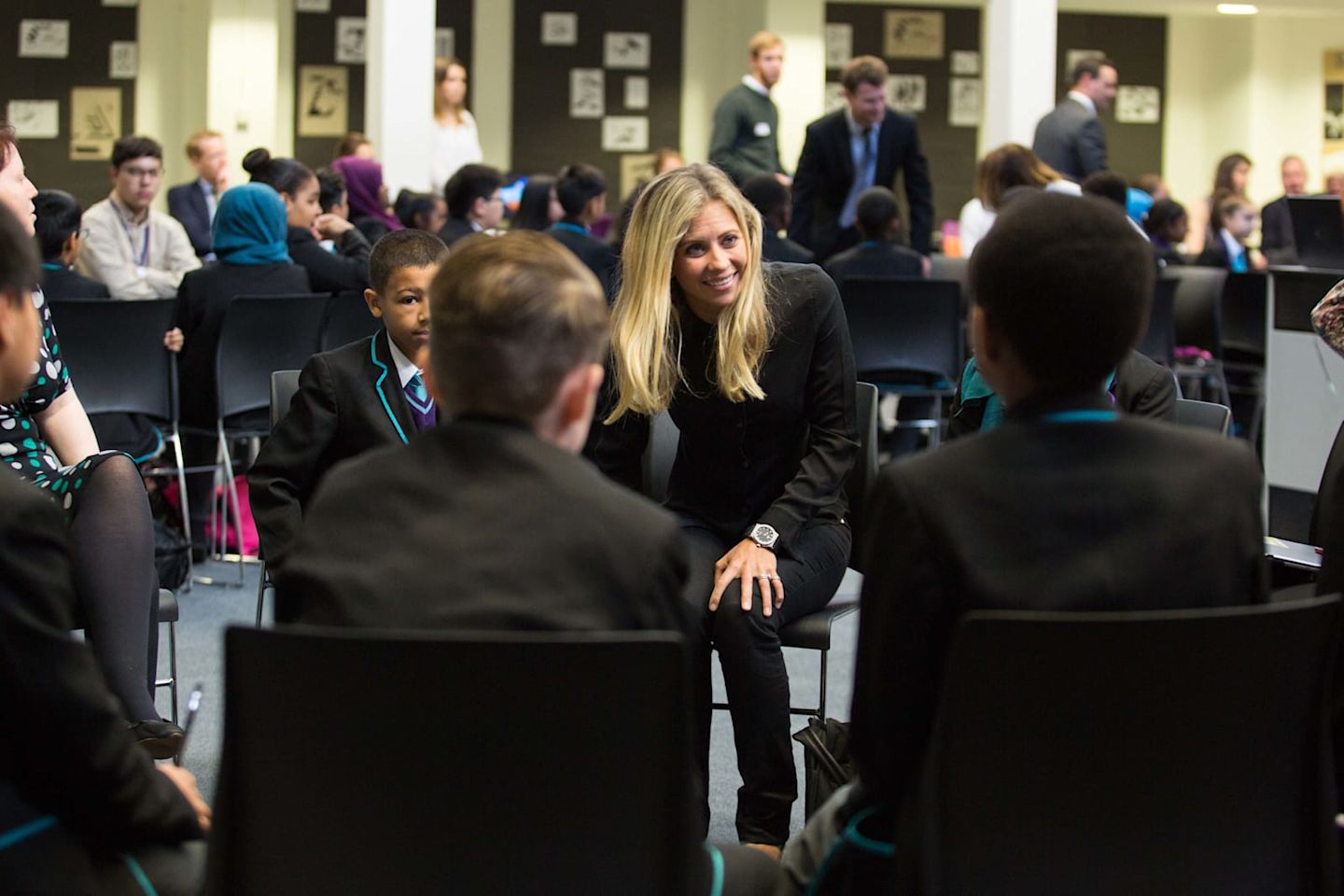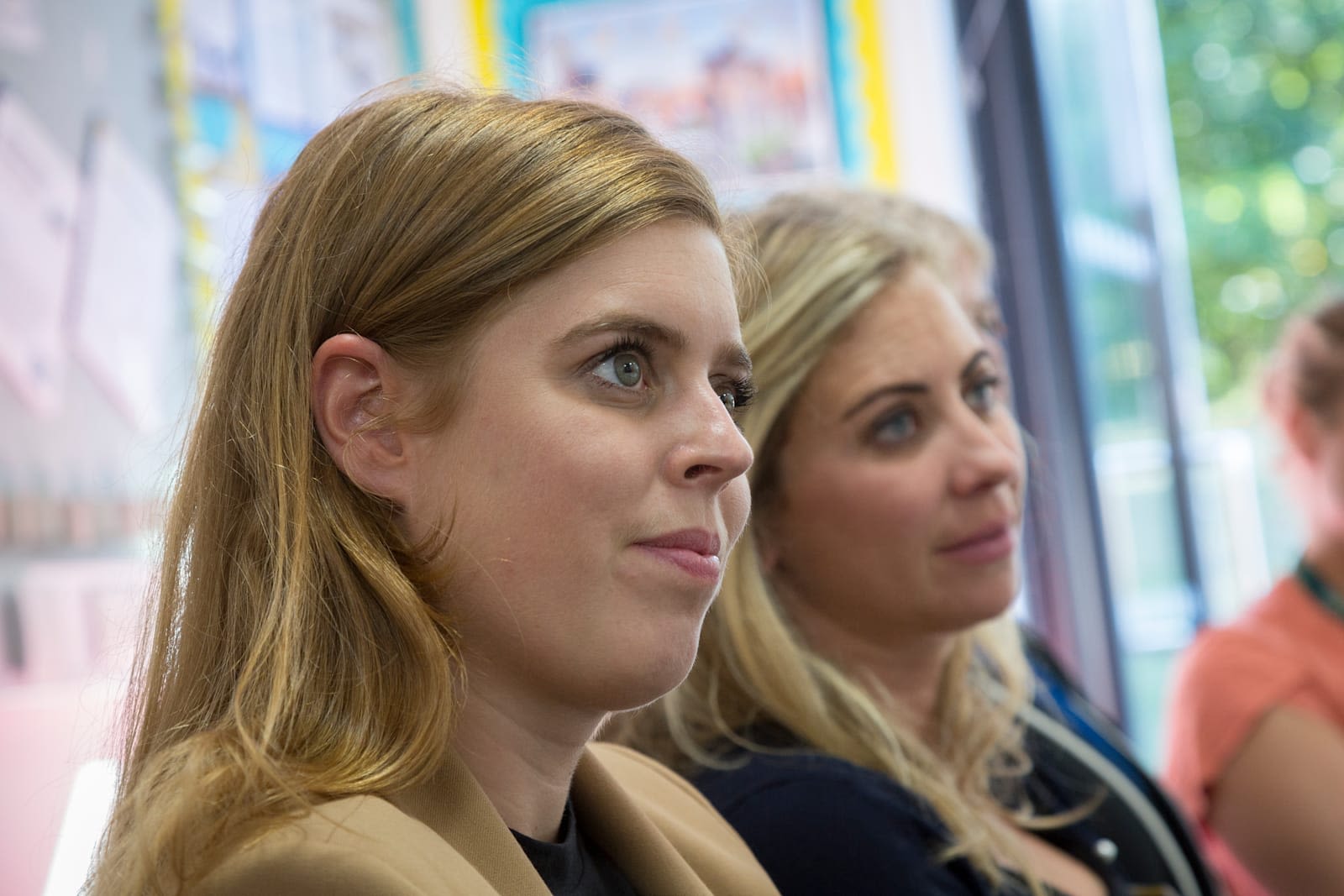Helping students become citizens of the world
I was inspired to learn about a headteacher in Australia who is approaching education differently and taking on a village mentality.
This approach to learning is breaking down the hierarchy of the education system to give the students more of a voice so they can develop their own opinions and become active global citizens.
I was fortunate that I didn’t struggle with exams, but I know that school didn’t really work for my dad because of his dyslexia, and Sam also didn’t find exam-based studying worked for him. I really believe education should be a way to set kids up for their futures and to help them develop skills for life. If we can give students greater input and flexibility into the way they are educated, we can really help them reach their full potential.
Stacey Quince is the headteacher of Campbelltown Performing Arts High School in Greater Western Sydney. Stacey is featured in Big Change’s Reimagining Education Together report and she’s a wonderful example of how we can shake up education and to create a system that works for children and prepares them for the world.
At Campelltown they have developed a diverse, inclusive and innovative curriculum designed to prepare students for the world outside of the classroom.
The curriculum is designed on the basis of two separate ‘villages’ made up of sixty pupils and three teachers. One village combined science, maths and applied sciences into an integrated model. The other village pools together English, history, geography and physical education.
Sounds kind of daunting, but the villages are further broken down into ‘tribes’ of 20 students and further into ‘crews’ of four to make sure personalised support is available and theoretical learning is balanced with real-world, practical projects.
The aim is to get students more involved in the learning and teaching processes and empower them to form their own opinions, think deeply and therefore become more connected to the world around them.
Stacey told the Sydney Morning Herald: "We wanted students to have a choice and a voice and this allows students to decide [what to do]. Students pitch their projects and receive feedback from relevant adults in industry. It opens up a world outside school.”
The results from the pilot programme really speaks for itself. Currently, Year Nine results from the National Assessment Program, NAPLAN, are the highest in five years across every area, the gap between Aboriginal and non-indigenous students is closing and an increasing numbers of students are getting into university every year.
The work at Campbelltown has also informed a programme called ‘Schools of the Future’ (what a fitting name!) which supported 30 secondary schools to design ways to better prepare their young people for happiness and success beyond school.
“I’ve been an educator for 20 years and I think this has been the most positive transition to high school of any cohort I’ve worked with. The students are really engaged and excited.” Stacey said.
This is such a perfect example of the kind of human-focused education reform we’re working to facilitate at Big Change. What are your thoughts on bringing on a village mentality approach to the education system?
Read more about Stacey’s story in the full report here.






